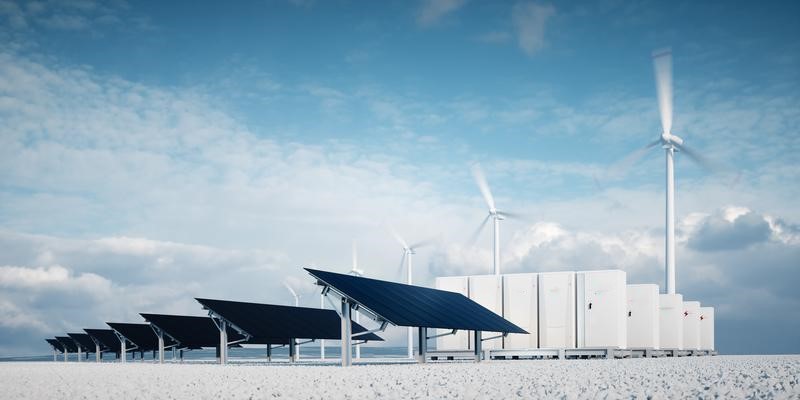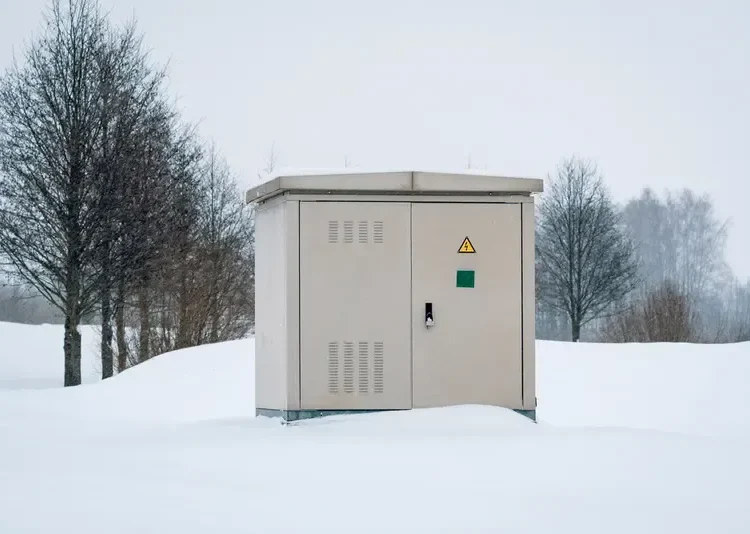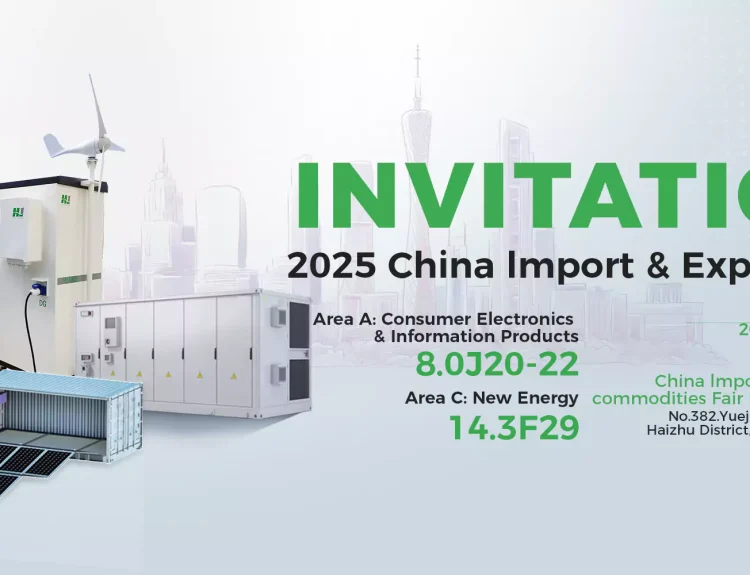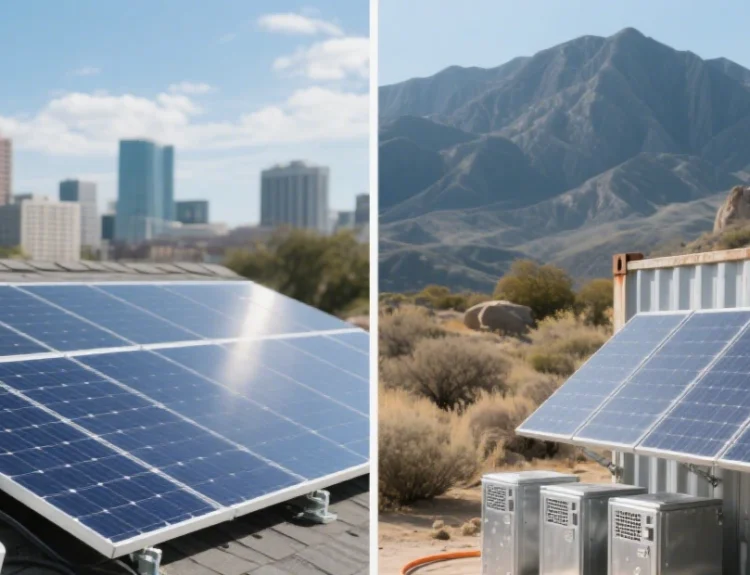In recent years, great attention has been paid worldwide to distributed photovoltaic energy storage systems. Perceiving solar energy with modern storage solutions, a distributed system allows for better energy reliability and flexibility with cost savings. Increasing adoption has been seen in different countries such as the US, Germany, Japan, and Australia, and they are foreseen to show more significant growth by 2025. But why is this technology so critical? Now let’s dive into its principles and working mechanism and roles.
What is Distributed Photovoltaic Energy Storage?
Distributed photovoltaic energy storage systems integrate solar power generation with battery storage. Unlike traditional solar setups, these store excess electricity produced during the day for later use hence make energy supply more stable and efficient.
Key characteristics:
- 1. Solar panels generate electricity from sunlight.
- 2. The excess energy is stored insolar storage batteriesto ensure availability during periods of low solar radiation or at night.
- 3. They address the intermittency of solar power, improving energy security and grid reliability.
This innovative solution mitigates challenges like voltage instability and power shortages during peak hours, positioning it as a critical tool in modern energy infrastructure.
How Does an Energy Storage System Work?
At its core, an energy storage system acts like a high-capacity “power bank.” Here’s a simplified breakdown:
During the Day:
Solar panels covert sunlight into electricity.
Energy not immediately consumed is stored in solar storage batteries.
At Night or Cloudy Days:
Stored electricity is converted back to alternating current (AC) for household use.
During Grid Outages:
Batteries supply backup power, ensuring uninterrupted energy access.
Peak and Off-Peak Hours:
Batteries can be charged from the grid when electricity rates are low and discharged during peak hours to minimize costs.
Advanced components, such as hybrid inverters, are integrated into systems to enhance functionality by providing seamless energy management between solar panels, batteries, and the grid.
Why Is Distributed Photovoltaic Energy Storage Important?
For Users:
Increased Energy Independence:
Distributed photovoltaic systems reduce users’ dependence on the grid, ensuring power during outages.
Cost Savings:
By utilizing stored energy during peak hours, users avoid high electricity tariffs.
The ability to leverage solar storage battery cost advantages further amplifies savings.
Environmental Impact:
Storing and reusing renewable energy reduces carbon footprints and reliance on fossil fuels.
For the Grid:
Grid Stability:
Distributed systems ease pressure on the grid by providing localized power solutions.
Resilience:
In case of grid failures, these systems prevent widespread outages by supplying stored power.
Key Considerations Before Installation
While the benefits are immense, selecting the right distributed photovoltaic energy storage system requires careful planning:
System Sizing:
Ensure the battery capacity matches your energy needs.
Solar Storage Battery Cost:
Compare initial costs against long-term savings to find the best value.
Inverter Type:
Hybrid inverters are considered efficient and versatile.
Future-Proofing:
Choose scalable systems to accommodate future energy needs.
New Development Trends in Distributed Photovoltaic Energy Storage
Increased Battery Efficiency:
New technologies are increasing the storage capacity of solar storage batteries while reducing their costs. Policy Support: Governments across the world, including places like Shandong and Zhejiang in China, have begun offering incentives to help boost adoption.
Smart Energy Management:
AI-powered systems are allowing for real-time monitoring and predictive analytics for optimal energy consumption.
Conclusion: A Bright Future Ahead Indeed
The world is racing towards renewable energy, and at the forefront are distributed photovoltaic energy storage systems. By bridging the gap between solar generation and consumption, these systems present a practical, sustainable, and cost-effective energy solution for individuals and communities alike.



